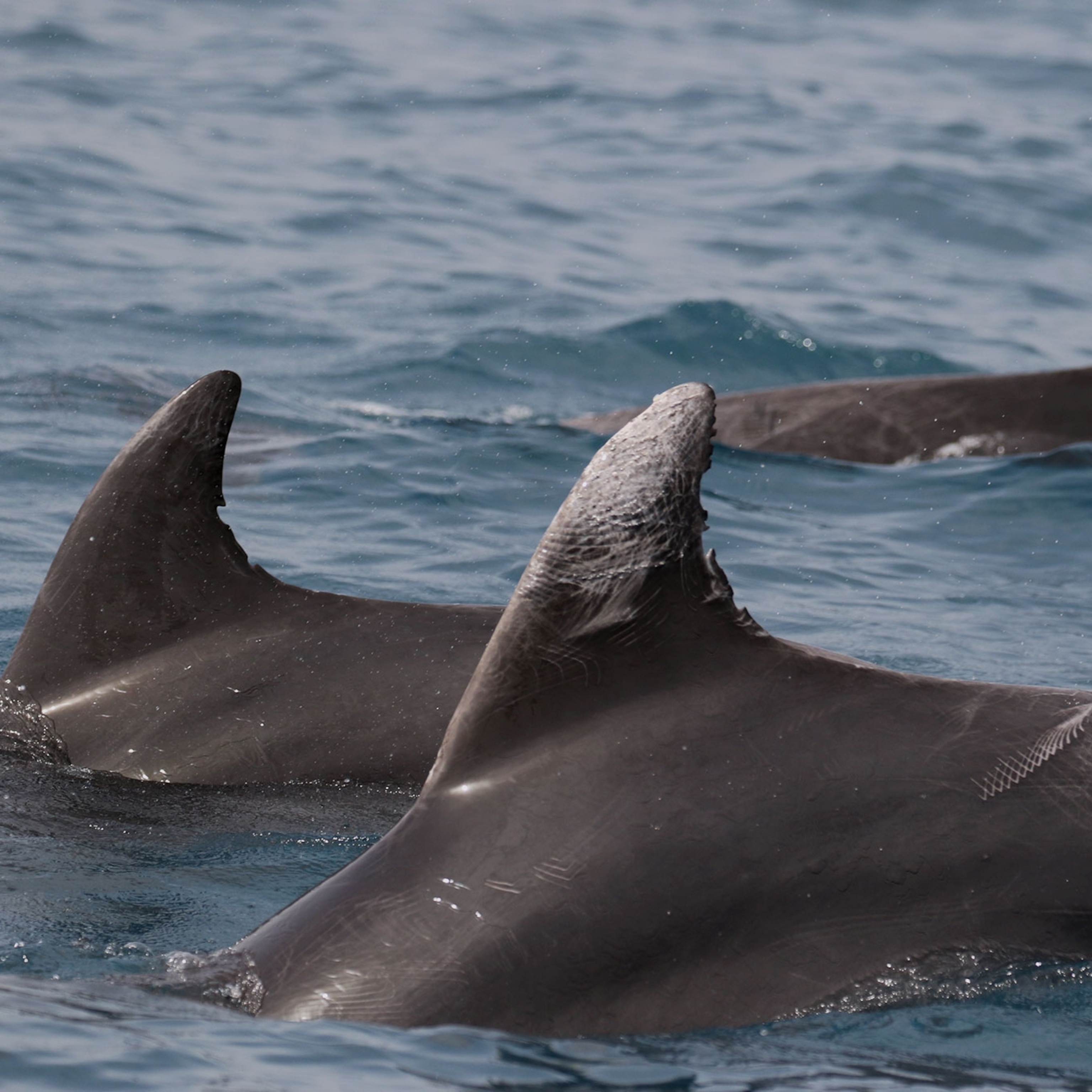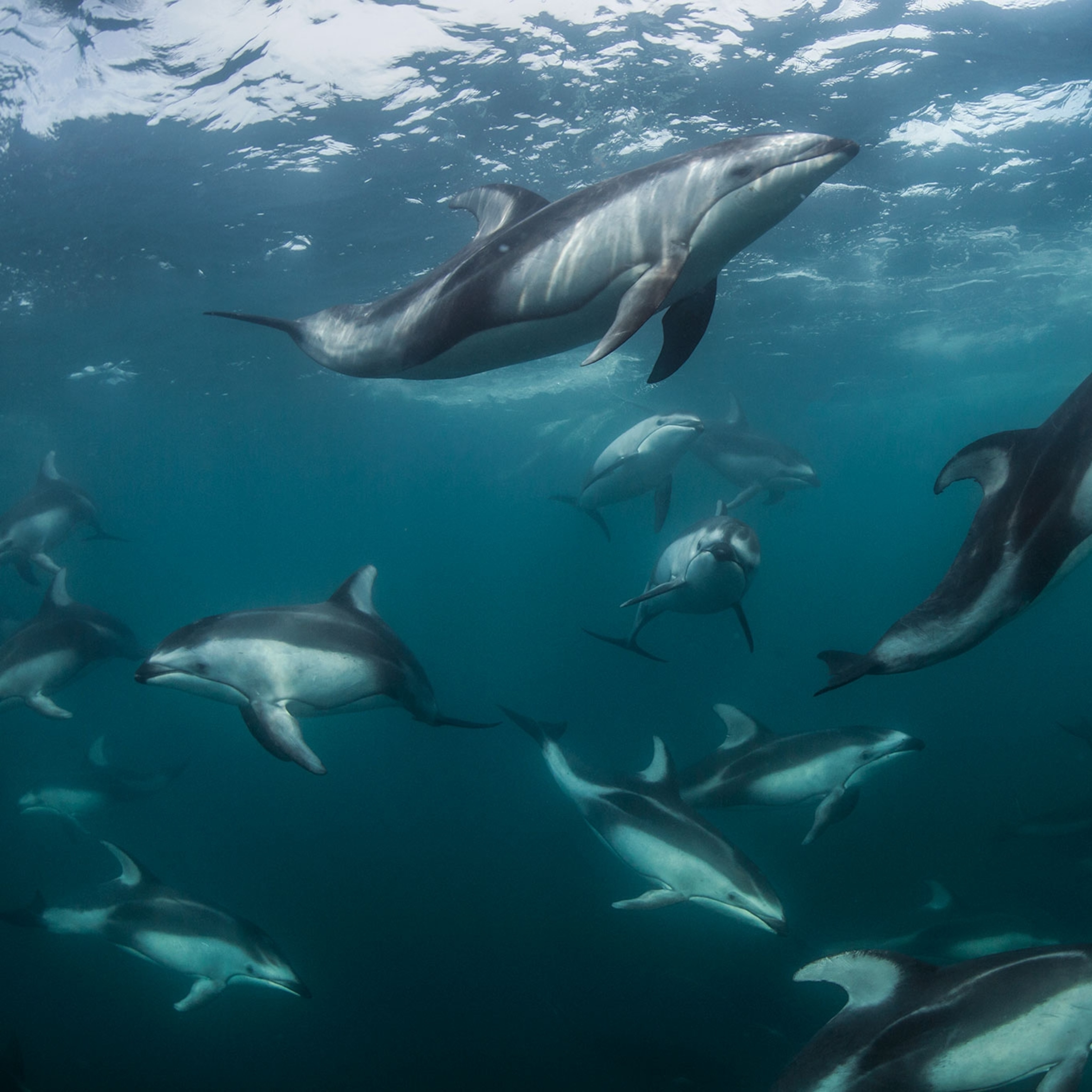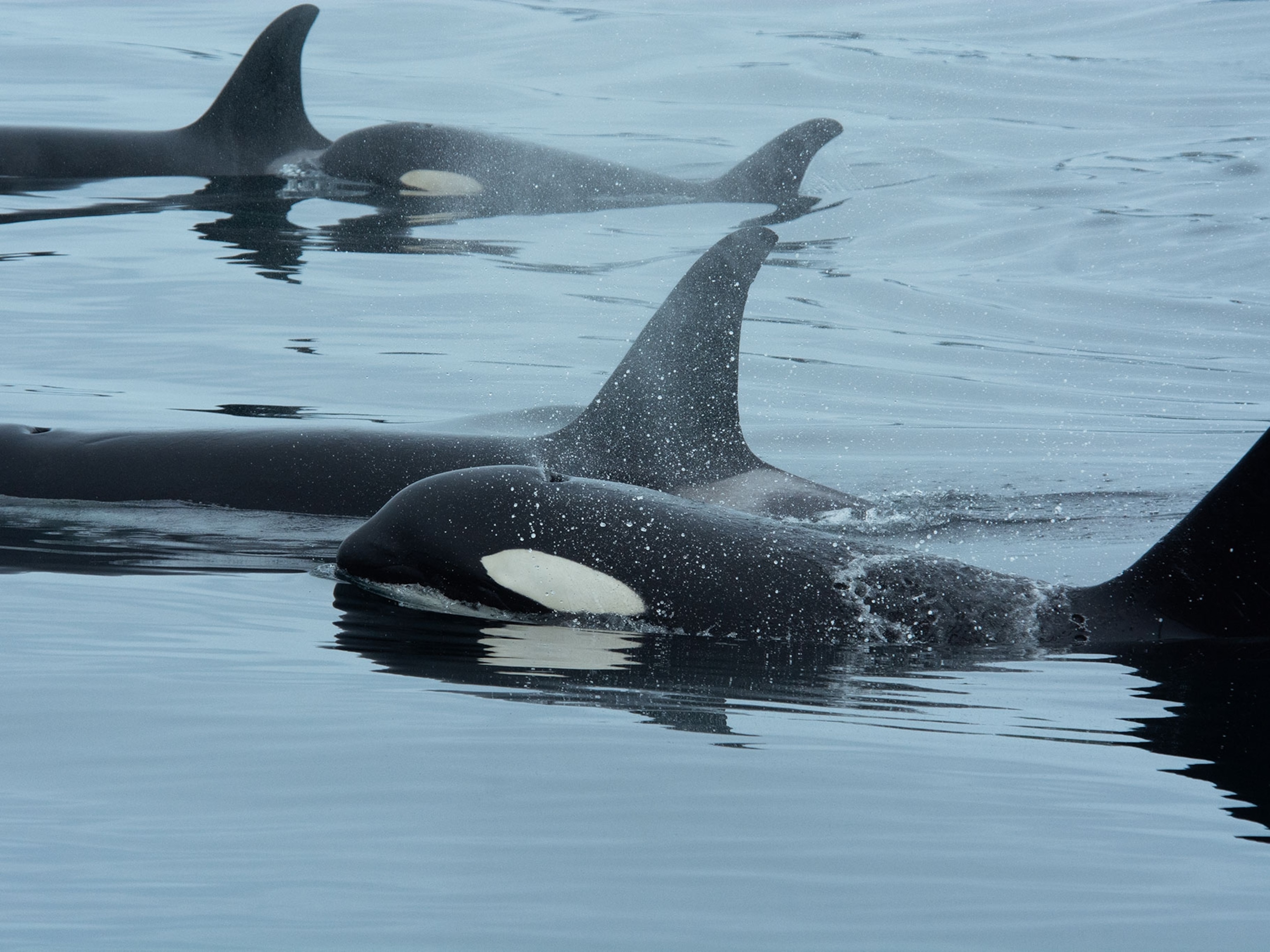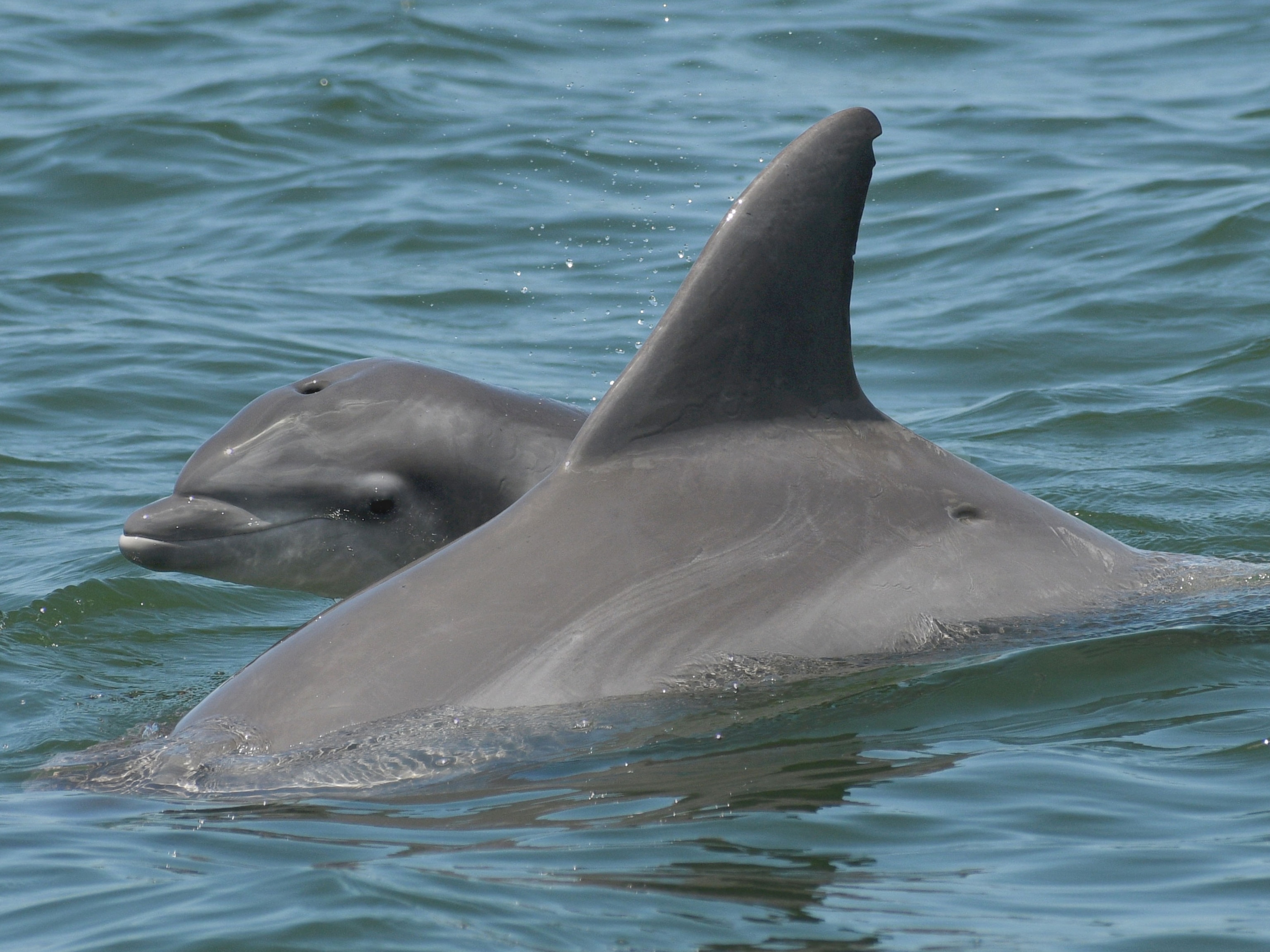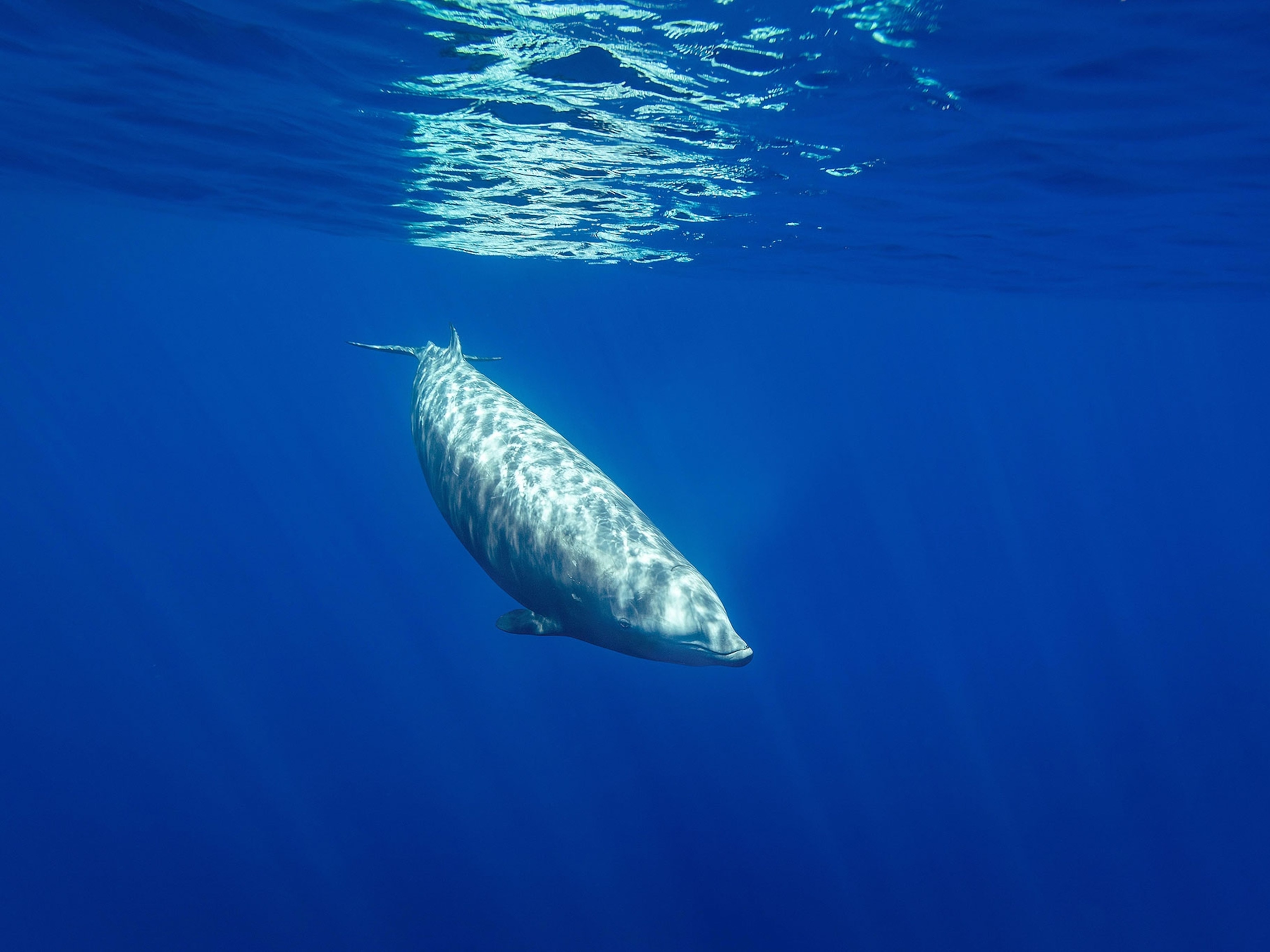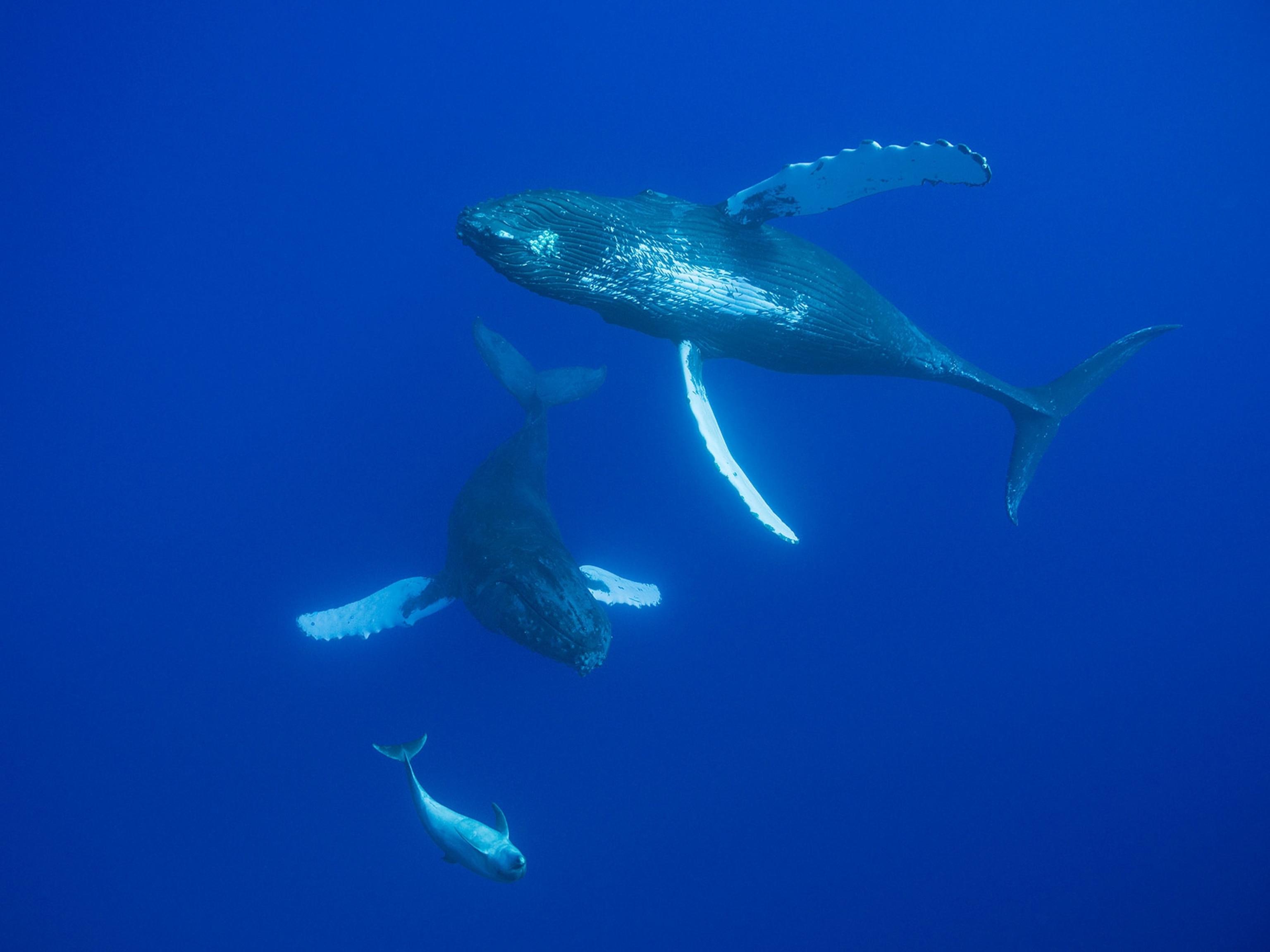
Dolphin Illnesses Linked to Gulf Oil Spill
“I’ve never seen such a high prevalence” of ailments, says U.S. government researcher.
Dolphins living in an area heavily impacted by the 2010 Deepwater Horizon oil spill show higher incidences of lung disease, hormonal abnormalities, and other health effects, a new study finds.
The research, led by U.S. government scientists and funded by BP, the oil company that operated the ill-fated Macondo well, provides the clearest evidence to date linking the oil disaster with potentially deadly health effects in bottlenose dolphins in the Gulf of Mexico. (See related quiz: "How Much Do You Know About the Gulf Oil Spill?")
The dolphin study was done as part of a process led by the U.S. National Oceanic and Atmospheric Administration (NOAA) called a Natural Resource Damage Assessment that investigates whether the spill was responsible for any damage to wildlife or natural resources.
"I've never seen such a high prevalence of very sick animals—and with unusual conditions such as the adrenal hormone abnormalities," study leader Lori Schwake, a NOAA scientist, said in a statement. (See related, "Gulf Oil Spill Pictures: Ten New Studies Show Impact on Coast.")
Mobi Solangi, who directs the Institute for Marine Mammal Studies (IMMS) in Gulfport, Mississippi and was not involved in the study, called the study a "good first step [that] shows the possibility of a link," he said. (See related, "Dolphin Baby Die-Off in Gulf Puzzles Scientists.")
Toxic Oil Effects
For the study, the scientists compared the health of dolphins in Louisiana's Barataria Bay, which was heavily oiled during the April 2010 spill that spewed an estimated 5 billion of barrels of crude oil into the Gulf, with another dolphin population living farther away, in Sarasota Bay, Florida, one year after the spill, in 2011. (Related: "The Next Oil Spill: Five Needed Mandates to Head it Off" and "Gulf Spill Dispersants Surprisingly Long-lasting")
About 30 dolphins in Barataria Bay were caught, examined and released. The checkups included an ultrasound examination to assess the animals' lung conditions. The researchers concluded that many of the dolphins suffered from moderate to severe lung disease associated with oil contamination. Almost half had "a guarded or worse prognosis, and 17 percent were considered poor or grave, indicating they weren't expected to live," according to the study, which was published in the journal Environmental Science & Technology.
The researchers also found that the Barataria Bay population overall had very low levels of adrenal hormones, which are critical for responding to stress, and that 25 percent of the dolphins were significantly underweight.
The team also noticed other disturbing signs. "We had one animal that was actually pregnant, but the fetus was nonviable," Schwacke told National Geographic.
"There was no heartbeat or movement and it looked like it may have been dead a week or so ... The interesting thing was the stage of pregnancy was the second trimester. A lot of the things that you think of that causes abortions in dolphins hits in the third trimester. So seeing something like that in the second trimester is unusual, and it's certainly consistent with a toxic effect." (See related story: "BP Oil Spill's Sticky Remains Wash Up Sporadically on Gulf Beaches")
In contrast, the control group of 15 dolphins in Sarasota Bay which was not affected by the oil spill did not show elevated levels of lung disease or other health effects.
Apples and Oranges
BP spokesperson Jason Ryan disputed the study's findings, saying that the symptoms the scientists observed in their study has been seen in other dolphin mortality events that have been linked to contaminants and conditions found in the northern Gulf, including "PCBs, DDT and pesticides, unusual cold stun events, and toxins from harmful algal blooms."
"The symptoms are also consistent with natural diseases such as Morbillivirus and Brucellosis," Ryan said in an email.
Moreover, he added, dolphin mortality events occur with some regularity in the Gulf of Mexico and around the world and have for years.
But NOAA's Schwacke said her team did take steps to rule out the possibility of other factors being responsible for the dolphin's poor health.
"We looked at a broad suite of contaminants, including PCBs and DDT...and the levels in Barataria were actually lower than in Sarasota Bay," she said.
An online statement by BP also criticized the scientists' decision to compare dolphins in Barataria Bay with those living Sarasota Bay. "The two populations are genetically different and the environments are different," the statement reads.
"Barataria Bay is much more industrialized and has experienced numerous oil and fuel spills over the years, as well as the release of other contaminants. Sarasota Bay dolphins had been captured and sampled for health assessments and other measurements for many years. They were much more used to being around people and to being captured-released than were the Barataria Bay dolphins, and this may have resulted in more stress to the Barataria Bay animals."
'No Doubt'
Solangi of IMMS said that BP's criticisms of the study were valid, especially the point about the two dolphins group not living in comparable habitats.
"It would be like comparing a population [of people] living in the [United States] with a population in Africa or South America. You can't do that," Solangi said.
Nevertheless, Solangi said he has no doubt that the 2010 oil disaster played a role in the dolphins' health declines.
"There's no question in my mind that the oil is a contributing factor. It's the elephant in the room," he said.
Schwacke said her team is already seeking funding for a followup study in Barataria Bay next summer that will look at the same dolphin population, and perhaps even the same individuals if any of them are alive. (Related Photos: "Gulf Oil Spill: Oiled Beaches Timeline")
The new findings come in a week when BP announced its first significant oil discovery in the Gulf of Mexico since the Deepwater Horizon spill. The discovery, at its Gila prospect, which it co-owns with ConocoPhillips, is about 300 miles (482 kilometers) southwest of New Orleans, and in a lease block called Keathley Canyon, roughly 200 miles southwest of the Mississippi Canyon lease block that held the Macondo well. BP has previously announced two other discoveries in the same geological formation as Gila, the Paleogene trend, Kaskida in 2006 and Tiber in 2009. BP's plans for development in the Tiber in 2010 were derailed by the Macondo spill. (Related Photos: "Four New Offshore Drilling Frontiers")
BP said that the Gila discovery "is a further sign that momentum is returning to BP's drilling operations and well execution in the Gulf of Mexico," said Richard Morrison, regional president of BP's Gulf of Mexico business.
Follow Ker Than on Twitter.
This story is part of a special series that explores energy issues. For more, visit The Great Energy Challenge.

